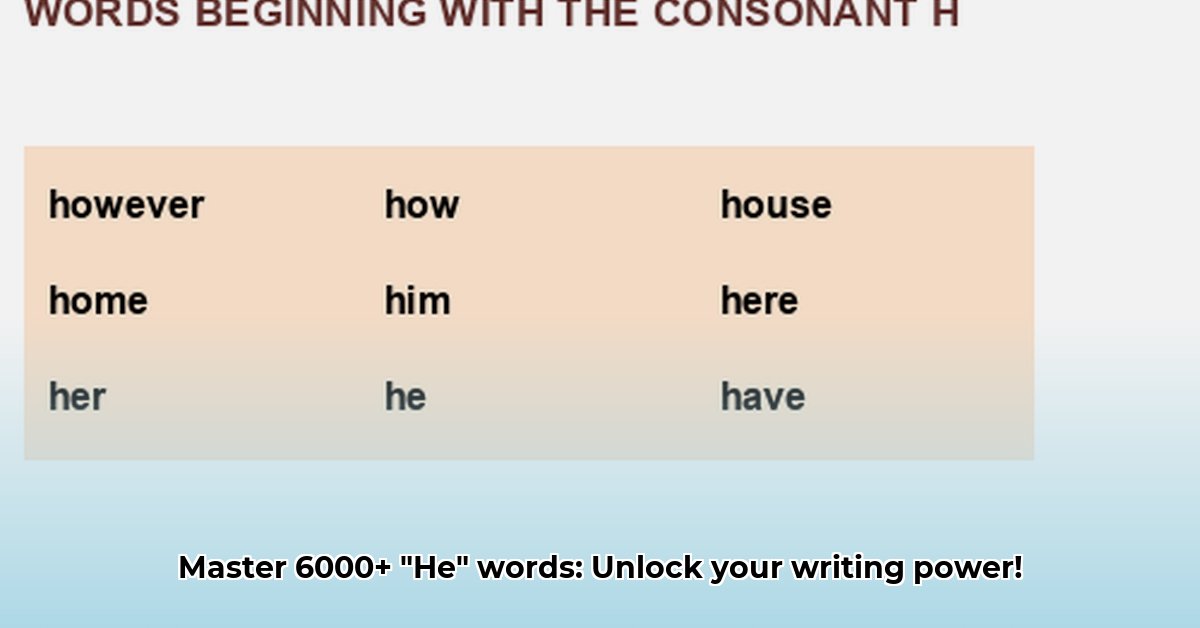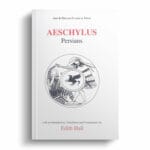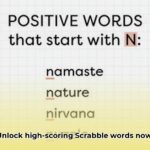Delving into the Lexicon: The Abundance of “He” Words
The English language, a vast and ever-evolving tapestry of words, presents a fascinating challenge when attempting to quantify words beginning with a specific prefix. Take “he,” for instance. A cursory glance might suggest a limited set, yet a deeper dive reveals a surprising abundance. Across various lexicographical resources, the number fluctuates significantly, ranging from hundreds to well over 6,000. This discrepancy underscores the complexities inherent in dictionary compilation. Different methodologies, inclusion criteria (especially for archaic or specialized terms), and the dynamic nature of language itself contribute to these variations. The constant emergence of neologisms and the gradual disappearance of obsolete words make establishing a definitive count an ongoing challenge. This raises fundamental questions about the very definition of a “word” and the criteria for its inclusion in a dictionary. For a related exploration of prefixes, see this list of words starting with “im”: words starting with “im”.
This exploration necessitates a closer examination of lexicographical practices. What constitutes a valid entry? How do we reconcile the divergent approaches of various dictionaries to achieve greater consistency? A recurring pattern emerges: shorter words like “he,” “help,” and “head” appear far more frequently than their lengthier, specialized counterparts. This aligns with Zipf’s Law, a linguistic principle stating that the most common words tend to be shorter. This frequency disparity has profound implications for lexicographers, language learning tool developers, and natural language processing (NLP) researchers. How can this data enhance the development of more effective and nuanced language models?
Harmonizing Lexicographical Data: A Path to Consistency
Data quality is paramount in lexicography. Inconsistencies across databases pose significant challenges for NLP systems, which rely on accurate and standardized data for training and application. These inconsistencies also impact language learning tools and even basic word searches. Addressing this challenge requires a multifaceted approach. Data aggregation and standardization are crucial first steps, ensuring data uniformity for cross-database comparison. Automated comparison algorithms can identify discrepancies, but human oversight remains essential for navigating subtle semantic differences. Lexicographers and linguists play a vital role in verifying definitions, etymologies, and usage during manual review. Meticulous version control and documentation ensure transparency and traceability throughout the reconciliation process. The choice of reconciliation methodology depends on project scope, resource availability, and time constraints. Prioritizing speed may require different tools and techniques compared to a project emphasizing meticulous accuracy. Specialized software assists in automated comparisons, but human expertise remains indispensable for resolving ambiguities and interpreting linguistic nuances. Ultimately, achieving and maintaining consistency in lexicographical databases is an iterative process, blending technological advancements with human linguistic judgment. What emerging technologies hold the potential to further refine and automate this crucial task?
“He” in Education: Fostering Foundational Literacy
The seemingly simple pronoun “he” holds significant weight in early childhood education, serving as a cornerstone for foundational reading skills. Current pedagogical approaches emphasize repetition and multi-sensory learning. However, a standardized assessment framework for evaluating the efficacy of these methods is lacking. Key questions remain unanswered. What is the optimal frequency of practice? How do different handwriting styles (Zaner-Bloser, Handwriting Without Tears, D’Nealian) influence learning outcomes? Do digital learning tools offer advantages over traditional worksheets? Further research is needed to provide educators with evidence-based best practices. Bridging the gap between research and classroom application is crucial. Integrating “he” into broader literacy activities, such as storytelling and creative writing, can create a more engaging and meaningful learning experience. Collaboration among educators, parents, curriculum developers, and researchers is essential for optimizing teaching strategies and promoting early literacy development. How can we cultivate innovative approaches that transform the learning of “he” into a captivating and effective journey for young learners?
Beyond Simple Counts: “He” Word Frequency in Technical Corpora
Analyzing the frequency of “he” words within specialized technical corpora provides valuable insights into domain-specific language use. Careful corpus selection is paramount, ensuring a representative sample size pertinent to the field of study. Thorough data cleaning is critical for removing noise and ensuring accurate analysis. Word tokenization, the process of breaking down text into individual words, facilitates accurate counting and frequency measurement. Frequency analysis, coupled with statistical methods, reveals trends and relationships that extend beyond mere word counts. How do these frequencies evolve over time, and what do these shifts signify? The results of such analyses inform various applications, from educational resource development and AI language model refinement to research discovery. For example, identifying high-frequency “he” words in a specific technical domain guides the creation of targeted learning materials. Understanding these patterns enhances the accuracy and nuance of AI language models, impacting machine translation, chatbot interactions, and other NLP applications. Tracking frequency changes over time enables researchers to discern shifts in research focus and identify emerging trends within specific fields. What other innovative applications can we envision for this type of linguistic analysis?
- Unlock 6000+ words beginning with he: A comprehensive analysis - April 20, 2025
- Mastering -al Words: A Complete Guide - April 20, 2025
- Master Scrabble: High-Scoring BAR Words Now - April 20, 2025














